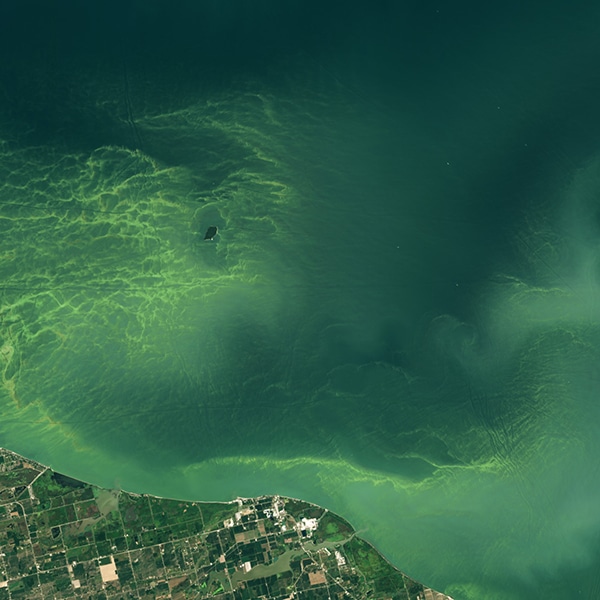
Photo: rybarmarekk/Depositphotos
Just a few days ago, a good part of the world's population got to to experience the Northern—and Southern—Lights. The auroras were seen in unusual locations due to the strength of a solar storm, which pumped out increased radiation that hit the Earth’s magnetic field with more intensity than usual. If you missed them the first time around, you may be in luck, as experts say that the huge sunspot cluster will rotate back towards the Earth in about a week and a half.
While not as big as the extreme solar storm that lit up the skies on Mother's Day weekend, experts believe the activity will still be powerful enough to generate more explosions, which in turn create the Northern Lights on our planet. As the 11-year solar cycle reaches its peak, the auroras may appear in the night sky between now and summer 2025, when peak activity is expected.
Krista Hammond, a space weather forecaster at the UK's Met Office, told the BBC that the intensity of a cycle is estimated by the number of sunspots. However, it doesn't actually tell meteorologists how strong the storms will be when they reach Earth. “The sunspot region, which gave all the solar flares and the coronal mass ejections, is now rotated round to the other side of the Sun which isn't facing the Earth,” Hammond said. “But in a couple of weeks' time, that area will start to rotate back around to face the Earth again.”
According to Sky News meteorologist Kirsty McCabe, there are many factors involved in getting a Northern Lights display like the recent history-making one. “The timing is crucial. First up, you need an active sun firing out coronal mass ejections. Secondly, these bursts of solar eruptions need to be aimed at the Earth. Then if the solar activity is strong enough, it will cause a geomagnetic storm when it collides with our magnetic field. Then it comes down to timing, we need the greatest activity to occur during our nighttime. And finally, the weather plays a big role too, as clear skies are pretty important to see the aurora.”
Should a great sighting of the Northern Lights ever occur again, keep in mind that the best hours to view are between 10 p.m. and 2 a.m. local time. It's also a good idea to avoid city lights and find a vantage point like a hilltop. For photographic inspiration, take a look at some of the best images of the aurora borealis taken just a couple of weeks ago.
If you missed the big Northern Lights display a couple of weeks ago, there may be another chance really soon.

Photo: DariaAleshina/Depositphotos
Experts say that the huge sunspot cluster that prompted the aurora sightings will rotate back towards the Earth in about a week and a half.

Photo: mathias_berlin/Depositphotos
h/t: [BBC]
Related Articles:
Best Photos From This Weekend’s Extraordinary Northern Lights
These Are the Best Northern Lights Photos of 2023
Rare Photos of the Aurora Australis (Southern Lights) Filling the Sky With Energy
Stars Align for Photographer in this Rare Photo of an Aurora, STEVE, and the Milky Way






















































































